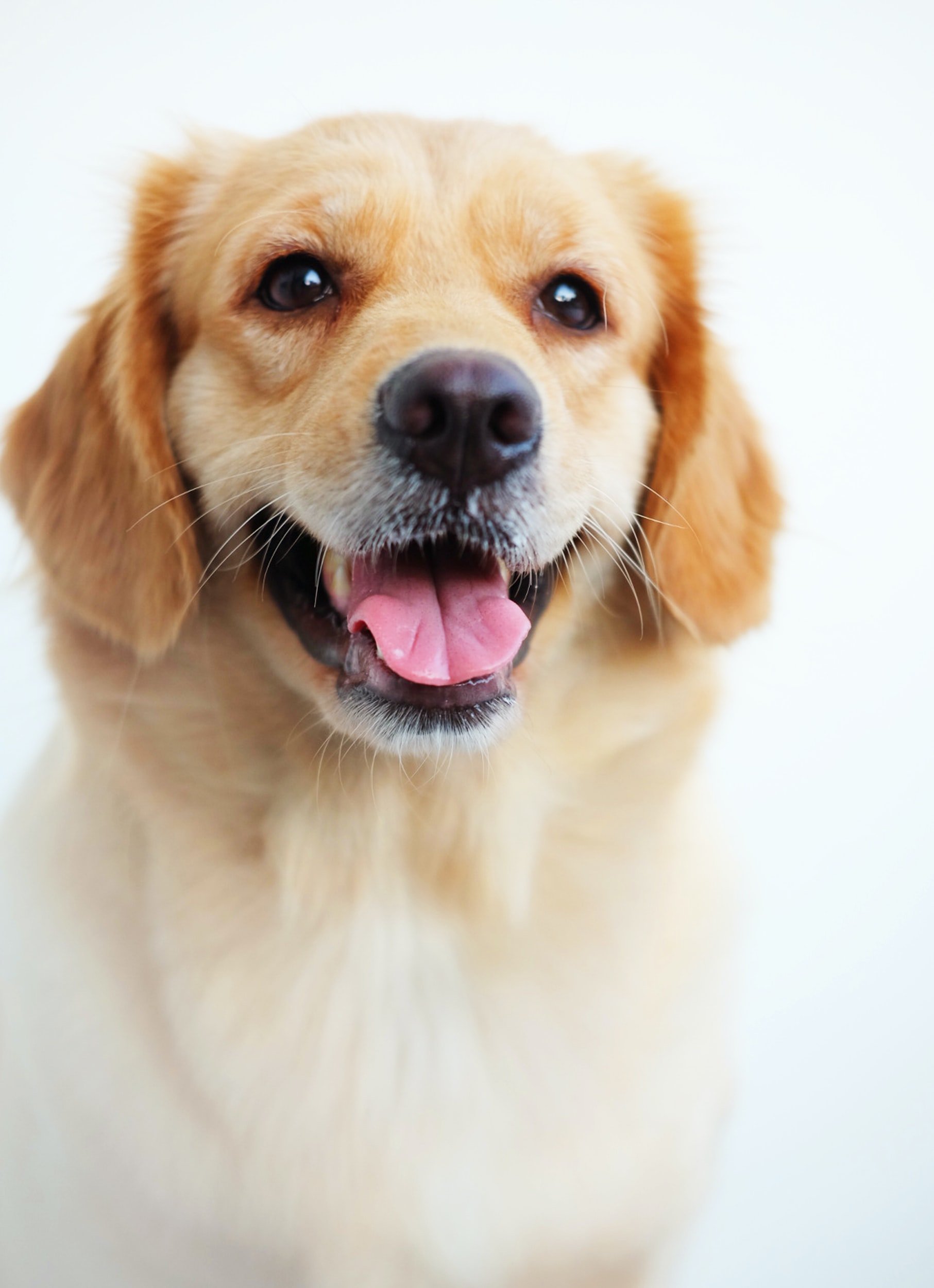Considerations for Dog Owners With Artificial Turf
While daily walks help keep a dog happy and healthy, access to a safe lawn to play on can also guarantee its well-being.
When designing a home and its surroundings, pet owners must consider their beloved animals’ needs and provide space for them to thrive. Dog owners must ensure their canine gets the fresh air and daily exercise it needs. While daily walks help keep a dog happy and healthy, access to a safe lawn to play on can also guarantee its well-being.
But more dog owners are choosing artificial turf over grass. This article explores the benefits and drawbacks.
What is artificial turf?
Artificial turf looks like a regular lawn, but the blades of grass consist of synthetic fibers, mostly nylon, polyethylene, or polypropylene. The backing or infill combines granular materials with the fibers.
Little maintenance is necessary; hence artificial turf is a popular choice in sports stadiums and increasingly for residential gardens. Moreover, high-quality artificial turf lasts many years, even with heavy use.
The pros and cons of artificial turf for dogs
Artificial turf has multiple benefits for dogs, but some drawbacks exist. Let’s examine each one, starting with the pros.
Artificial turf is indestructible
Even if a dog loves nothing more than digging holes, it will give up trying quickly because artificial turf is impenetrable. However, homeowners can be confident that the synthetic turf is tough and durable.
There is no mud
Any pet owner with a natural lawn ends up washing their dog regularly because it gets muddy from being outside, where sprinklers and rain create mud. But, this issue doesn’t exist for homeowners who have opted for artificial turf as the turf does not require water and rain drains quickly.
There are fewer bugs
Ticks and fleas are pests that thrive in natural grass. However, with artificial turf, there is less of a worry about these insects bothering a dog because they don’t survive there.
No chemicals
As artificial turf requires no fertilizer, weed treatments, or insecticides, dogs can play without owners fretting about them. Their pets won’t accidentally ingest harmful chemicals as they play.
What are the drawbacks of artificial turf for dogs?
While artificial turf is an excellent choice for dog owners, they must know the disadvantages.
High installation costs
Top-quality artificial turf is costly, requiring a much more significant upfront investment than a natural lawn. However, homeowners recoup the cost over time because of low maintenance requirements.
Artificial turf smells after prolonged use
Dogs will do their business on artificial turf regardless of how well-trained they are. Unless homeowners frequently clean and sanitize the artificial turf, urine can seep through, leading to bacterial growth and foul smells.
Artificial turf requires regular cleaning and routine sanitizing in yards where dogs play. The best and easiest way to maintain synthetic turf is by spraying it with a water and sanitizer mixture and hiring a turf professional for regular deep cleaning.
Talk to a local lawn expert
Turf specialists can outline all the options and recommend suitable artificial turf to dog owners. Contact a local artificial lawn expert with questions and the specifics of a garden.
Turfscapes of Arizona offers a one-stop solution if you are looking for low-maintenance artificial turf for putting greens, pet runs, sports areas or schools and playgrounds in Phoenix, and surrounding areas. We use high-quality products to guarantee exceptional performance. We help our customers save time, effort, and water. Call today to discuss your requirements.

